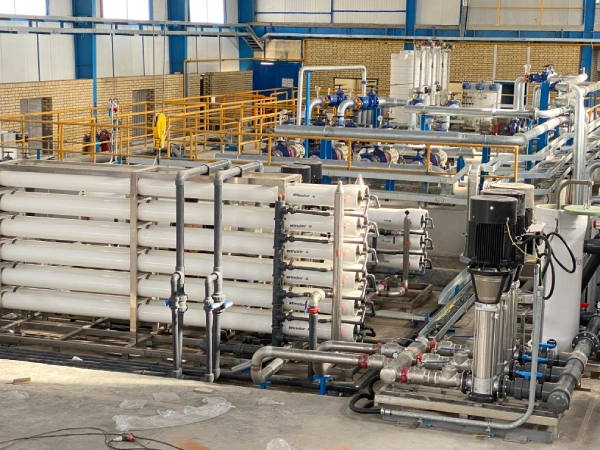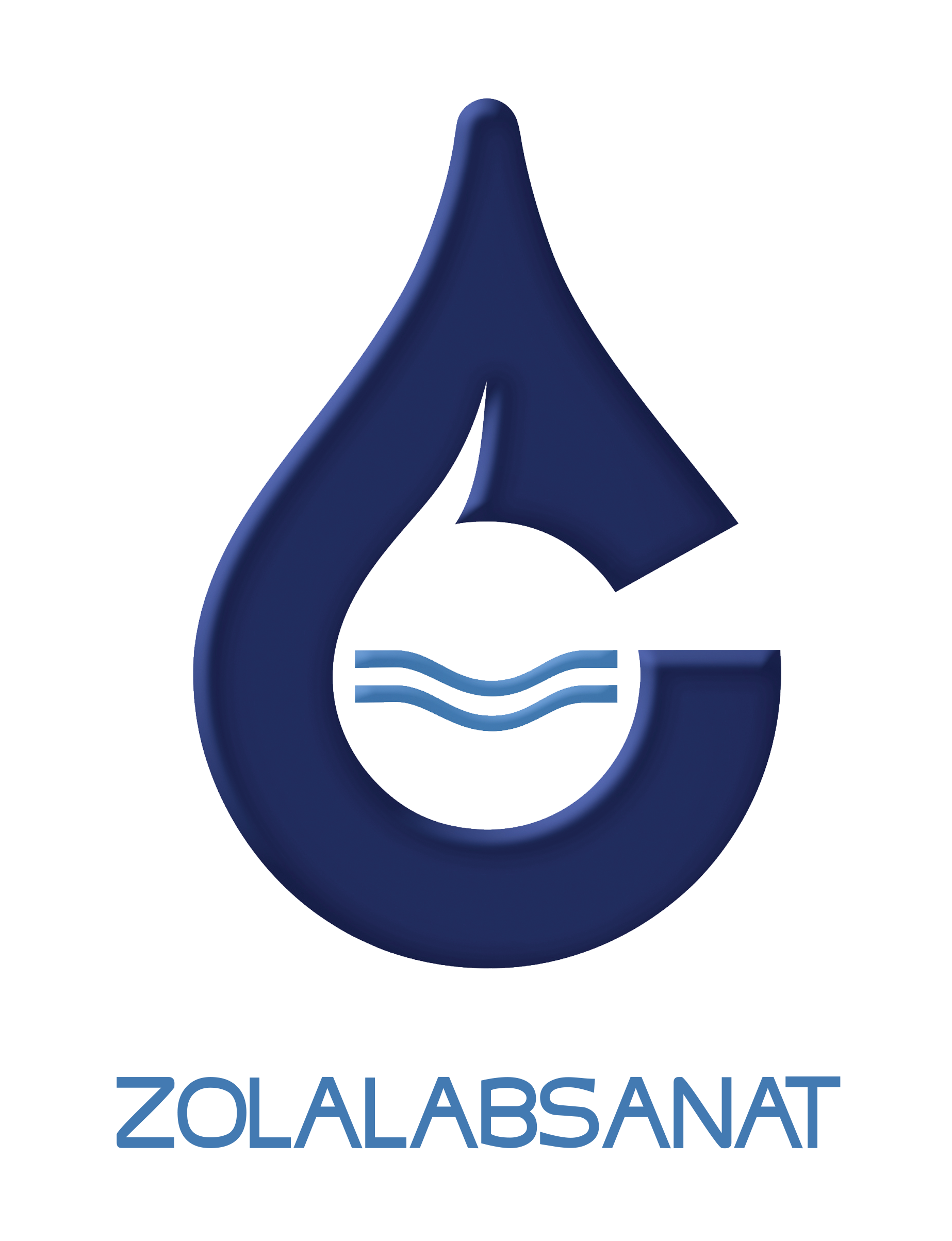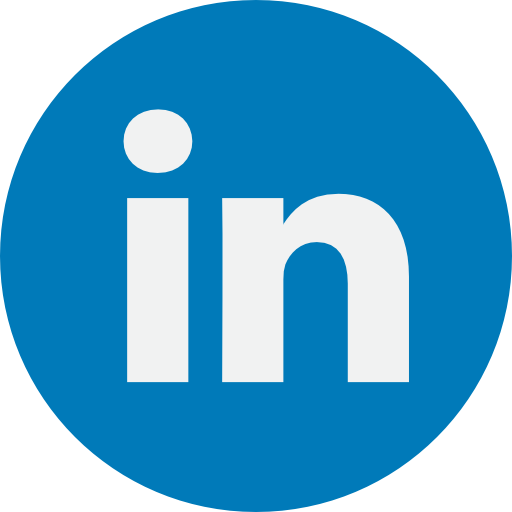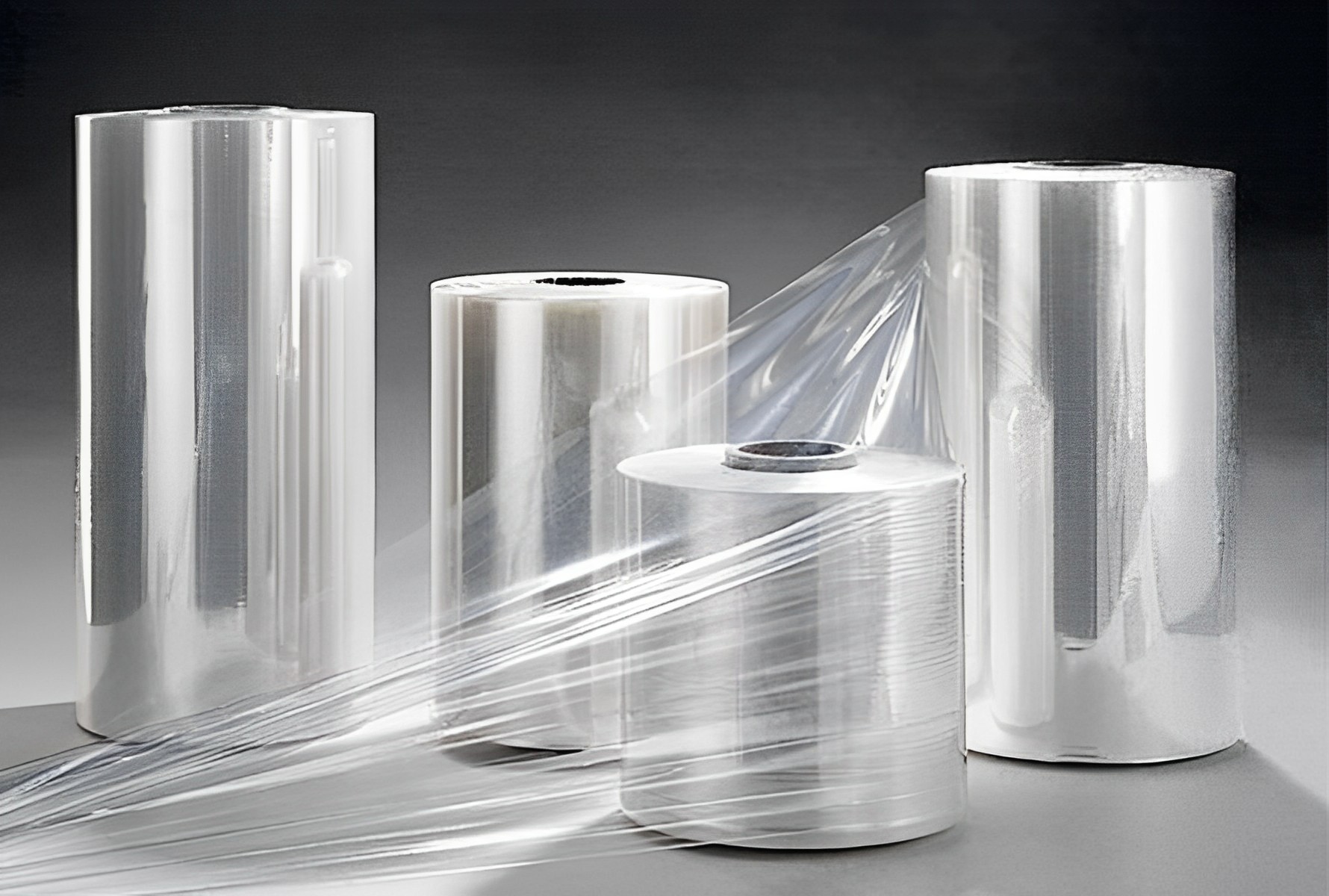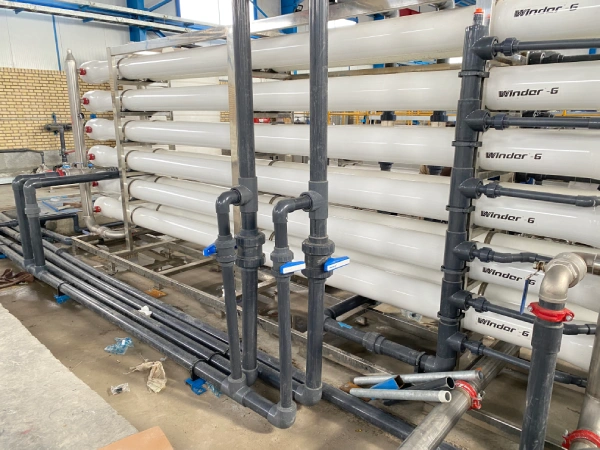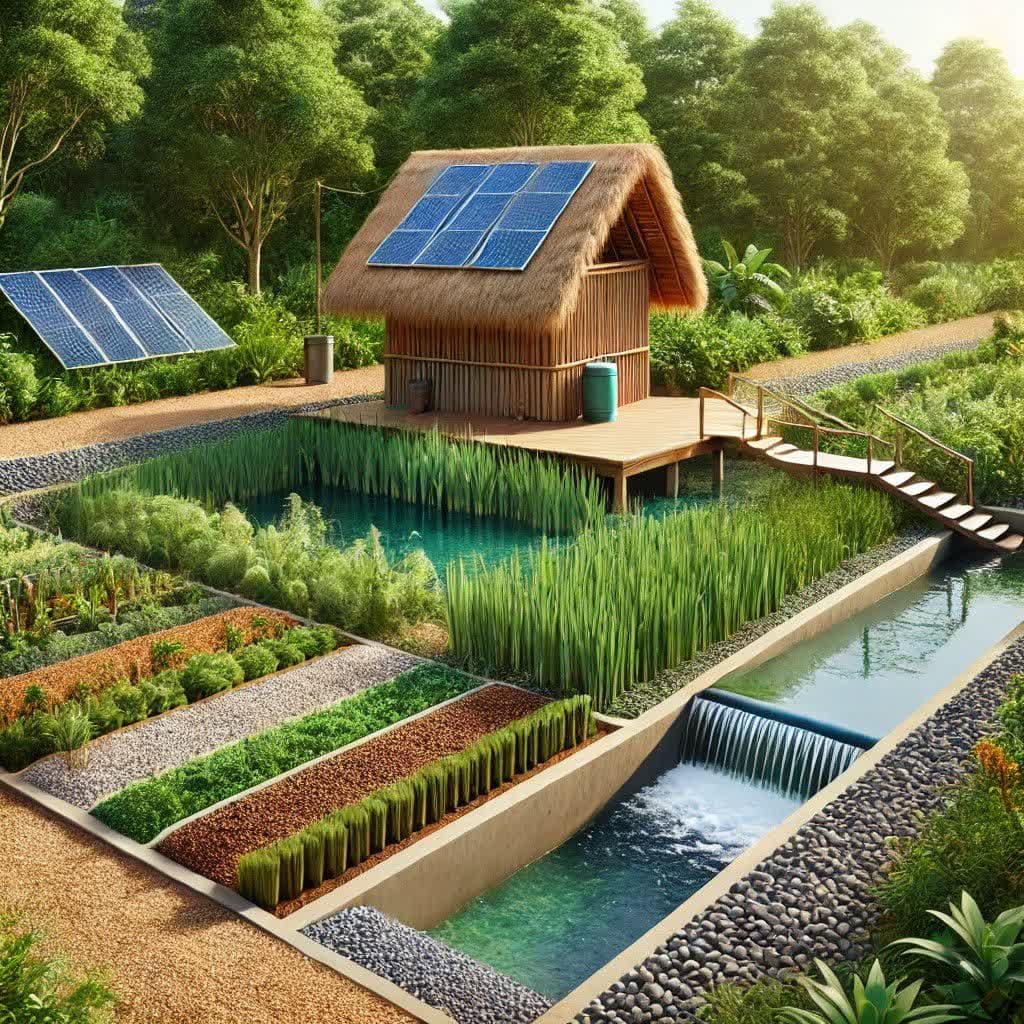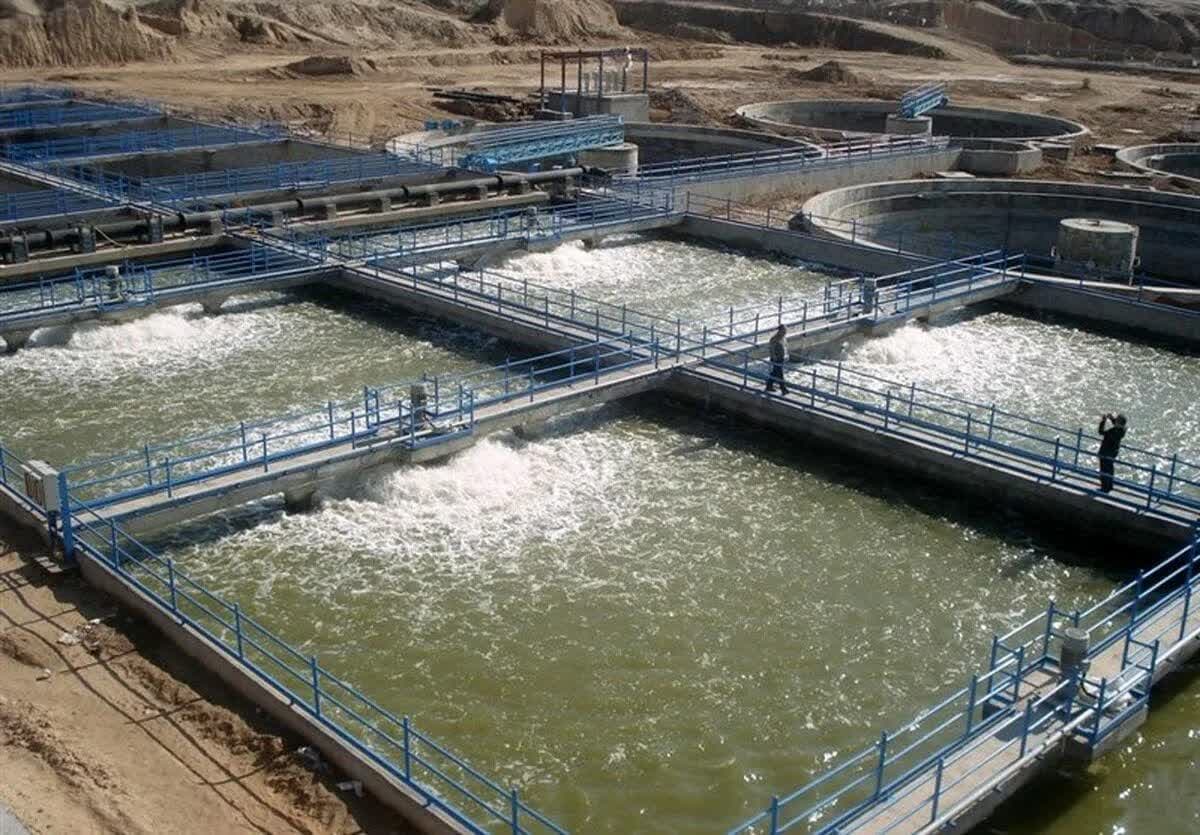Water Purification Methods: An Overview
Water purification is essential to ensure that the water we consume is free from contaminants and safe for drinking. There are several methods used to purify water, each with its own advantages and disadvantages. Below are the most common techniques:
- Boiling
One of the simplest methods of purifying water is by boiling. Boiling kills bacteria, viruses, and parasites. However, it does not remove chemical pollutants or heavy metals, and it can be time-consuming. - Filtration
Water filtration involves passing water through a physical barrier or filter to remove particles, sediments, and contaminants. There are different types of filters, including activated carbon filters, which are effective at removing chlorine, odors, and some chemicals. However, filtration alone may not remove all pathogens or dissolved minerals. - Reverse Osmosis (RO)
Reverse osmosis is a highly effective method that forces water through a semi-permeable membrane to remove a wide range of impurities, including salts, heavy metals, and microorganisms. It is often used in both residential and industrial applications. While it is highly efficient, it can be costly and wastes a significant amount of water in the process. - Distillation
Distillation involves boiling water to produce steam, which is then condensed back into water, leaving contaminants behind. This method removes most impurities, including bacteria, viruses, and heavy metals. However, it requires a significant amount of energy and can be slow. - UV Purification
Ultraviolet (UV) light is used to destroy the DNA of bacteria, viruses, and other pathogens, effectively neutralizing them. UV purifiers are quick and do not require chemicals. However, UV treatment does not remove chemical contaminants or sediments, so it is often used in combination with other methods. - Chlorination
Chlorine is commonly used in municipal water treatment to disinfect and kill harmful microorganisms. While effective against bacteria and viruses, chlorination may not eliminate all pathogens, and it can leave an unpleasant taste and odor. - Ion Exchange
This method involves exchanging ions in water with ions from a resin. It is particularly useful for softening water by removing calcium and magnesium ions. However, ion exchange does not address biological contaminants or chemical pollutants.
Which Method is the Best?
The best water purification method depends on the specific contaminants present in the water and the level of purification required. For most households, a combination of reverse osmosis (RO) and UV purification offers the most comprehensive protection. RO removes a wide range of impurities, including heavy metals, salts, and chemicals, while UV treatment ensures the elimination of pathogens.
If you’re looking for an all-encompassing solution, reverse osmosis is generally considered the most effective, though it can be more expensive and requires regular maintenance. For areas with primarily bacterial contamination, UV purifiers may be sufficient when combined with basic filtration.
Ultimately, the best solution is a system that matches your water quality needs, available resources, and budget.
